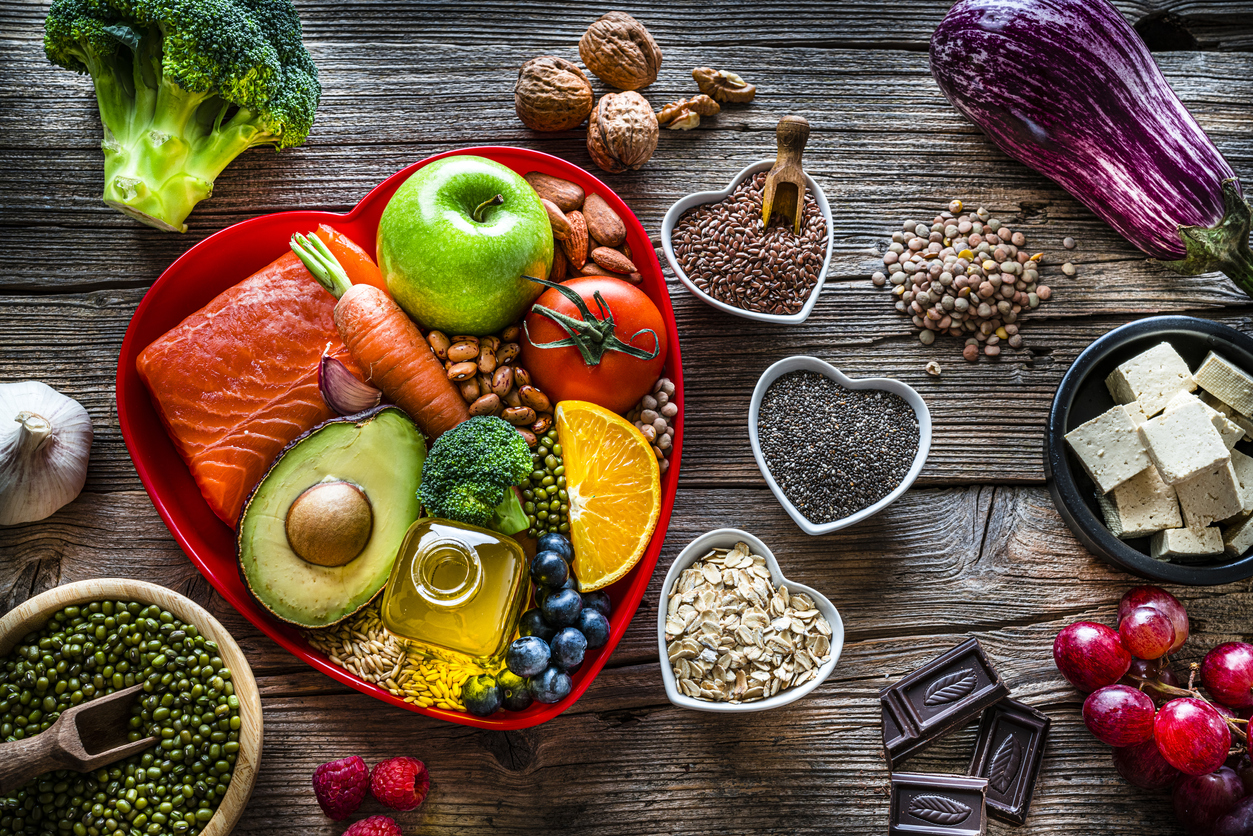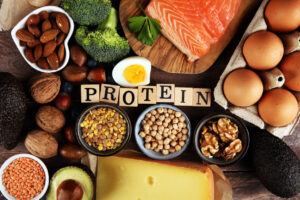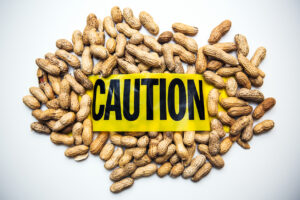Heart disease is a serious problem not just in the United States but across the entire globe. According to the CDC, the leading cause of death in America is heart disease. And it is also the leading cause of death in the rest of the world. So, if you haven’t been paying attention to your heart health, it is time to start doing that, and one major step to consider is if you need to lower your cholesterol.
Cholesterol and Age
As people get older, many find that their cholesterol levels increase. This is because as a person ages, their body tends to produce more cholesterol.
This is why checking your cholesterol levels regularly as you age is vital. The earlier you can catch issues with your cholesterol, the better chance you have of lowering it before the problems get out of hand and are harder to resolve.
People under the age of 18 typically need to check their cholesterol only a couple of times unless there is a serious history of heart disease in their family. As you get older, you should aim to check your cholesterol levels every couple of years. But, again, you may want to check them more often if you have a history of heart disease.
Cholesterol and Weight
Age is not the only factor to pay attention to when it comes to cholesterol. Weight can play a big role in high cholesterol, which can be the case even for children.
Kids who eat a lot of processed foods are at risk of high cholesterol. And, of course, adults are as well.
Thus, it is key for you to stay active and eat healthy in order to keep your weight under control which, in turn, can help keep your cholesterol levels low.
The Two Types of Cholesterol
As stated by the CDC, low-density lipoprotein (LDL) is what is often referred to as “bad” cholesterol. It is what makes up most of the cholesterol in your body, and high levels of this are what raises your risk for both heart disease and stroke.
High-density lipoprotein (HDL) is often referred to as “good” cholesterol. This type of cholesterol is the one that absorbs cholesterol and carries it back to your liver, where it is then flushed from your body. High levels of this are good because they help to lower your risk for both heart disease and stroke.
Cholesterol and Heart Disease
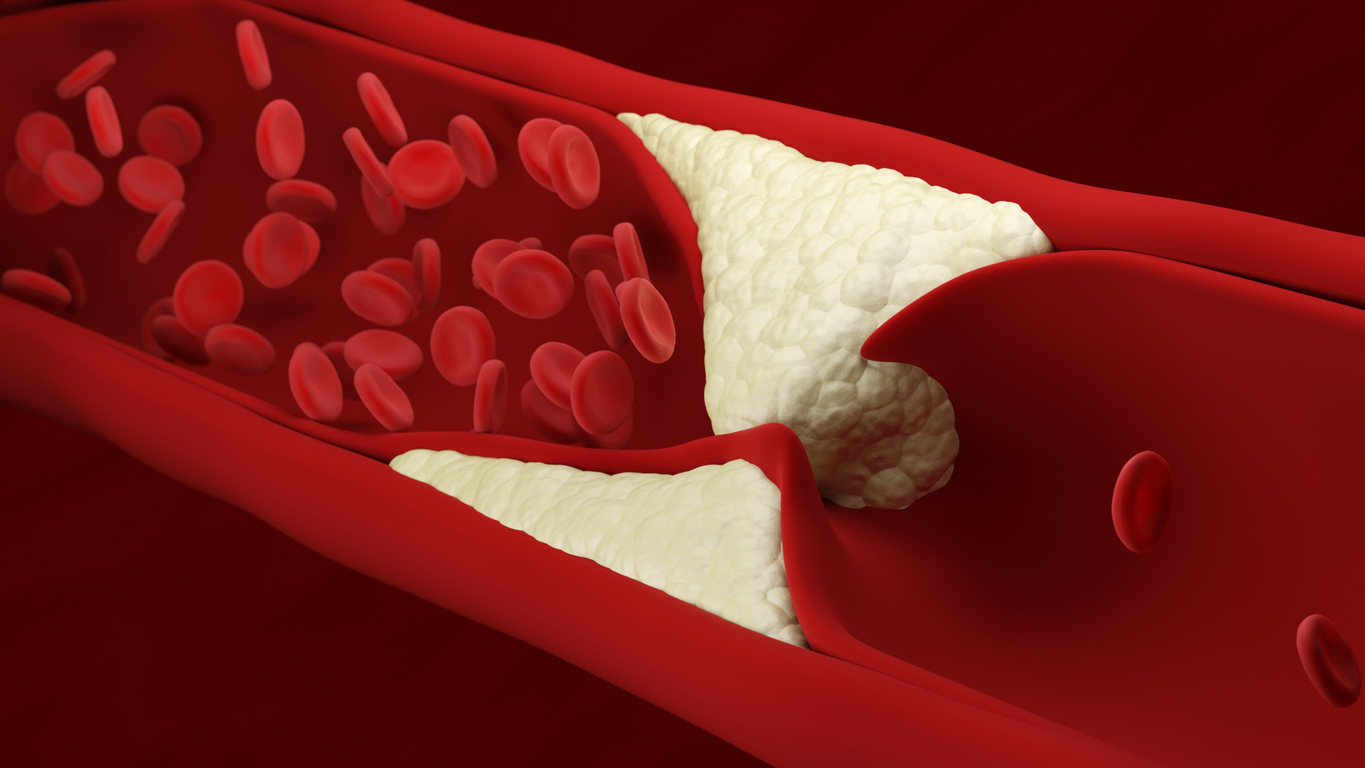
The higher your LDL (bad cholesterol), the more at-risk you are of heart disease, heart attacks, strokes, and more. This is because this bad cholesterol builds up on the walls of your blood vessels, thus creating “plaque” that causes the interior of your vessels to narrow over time. That narrowing makes it more difficult for blood to flow through from your heart and other organs in your body, which is what has the potential to cause heart attacks.
In short, you do not want to put yourself in a position where these things are possible, especially if you have control over them by choosing to live a healthy lifestyle.
A healthy lifestyle includes incorporating regular exercise into your life by doing activities like walking, yoga, Pilates, and more. Couple this with an improved diet that is full of all the right foods, and you will find yourself working towards healthy cholesterol levels.
Below are some foods that you should incorporate into your diet to help keep your cholesterol levels in a healthy range.
Foods to Help Lower Your Cholesterol
Though foods aren’t necessarily a cure-all for cholesterol issues, they are a great place to start. Here are some of the top foods to work into your diet to keep your cholesterol levels in check.
Oats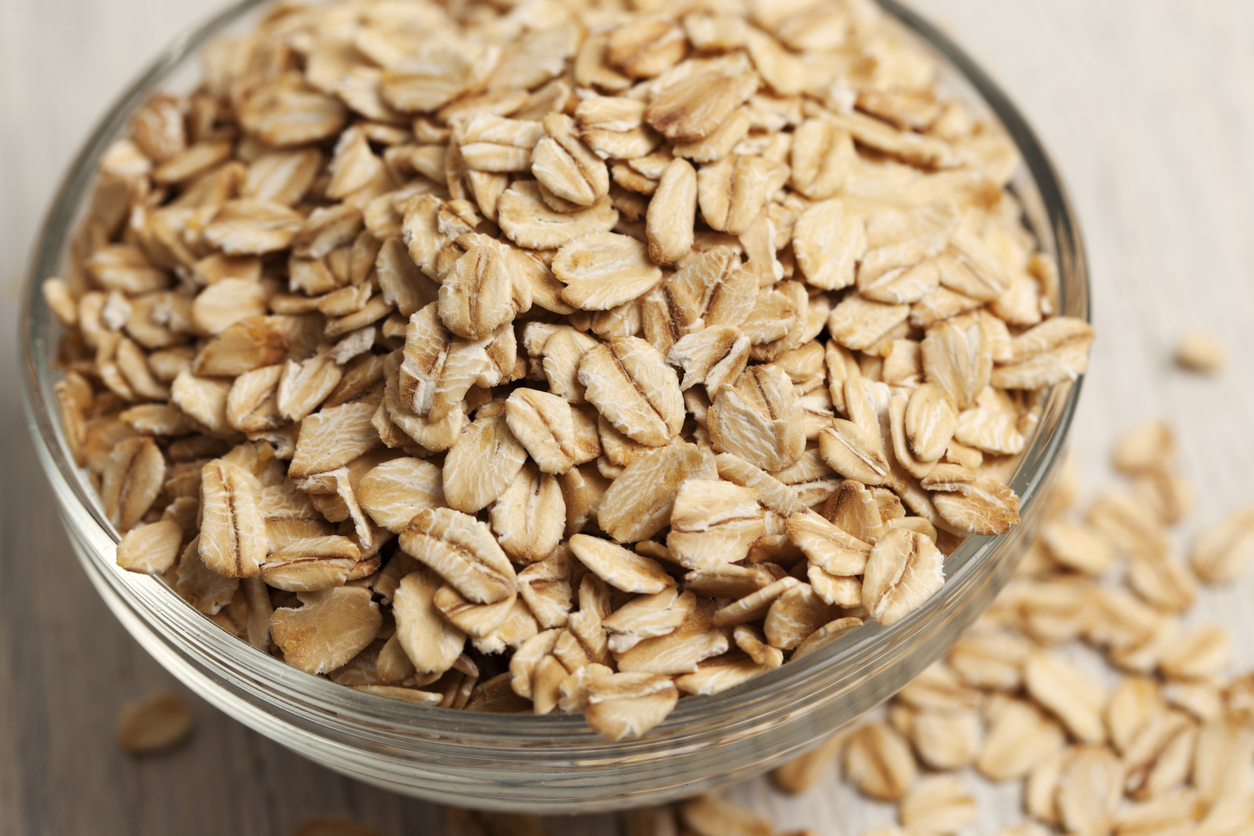
Oats are a nice and easy breakfast that will start your day off in the right place. Oats have soluble fiber in them, which boasts a lot of additional benefits.
Legumes
Legumes are a family of foods that include beans, peas, and lentils. Legumes have a lot of fiber, protein, and other minerals that keep your body happy and healthy.
Avocados
Don’t be scared of avocados due to their fat content. The fat in this fruit is monounsaturated, which makes it ideal for helping to lower your LDL and raise your good HDL cholesterol.
Nuts
Studies show that eating nuts such as almonds, walnuts, and peanuts is good for your heart. Just be sure you aim for just 2 ounces of nuts a day.
Fruit
Many of the fruits out there contain soluble fiber, which is known to help lower cholesterol levels. This is because the fiber helps your body flush out cholesterol, which keeps things moving. Berries, in particular, are excellent fruits to help increase HDL and lower LDL.
Fatty fish
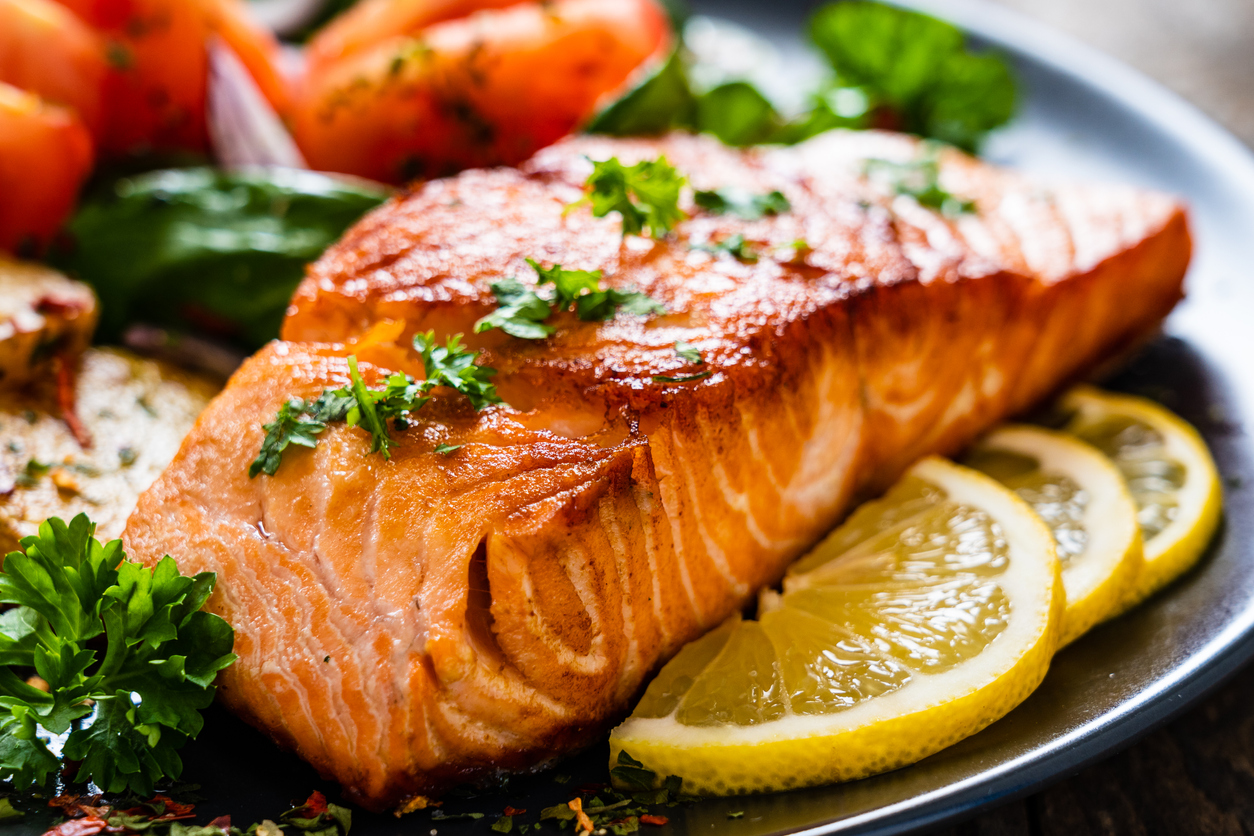
By eating more fatty fish such as salmon, you promote lower levels of LDL – the good cholesterol. This is thanks to the omega-3s in fish.
Vegetables

Veggies are good for a whole slew of things, but cholesterol isn’t one that many people think of. However, they are great for keeping your cholesterol levels low because they are rich in both fiber and antioxidants. Some vegetables are especially high in pectin, which is a soluble fiber that helps to lower cholesterol. Pectin-rich veggies include carrots, sweet potatoes, squash, peas, and green beans.
Barley and other whole grains
Similar to oats, barley and other whole grains can help lower your cholesterol, which in turn lowers your risk of heart disease. This is thanks to the soluble fiber that they offer.
Taking care of our heart health by staying active and eating a healthy diet is of utmost importance, especially as we get older. If you find that you aren’t in the best health, take steps to lower your cholesterol and get back on track to good heart health.
Read Next:
Recognize and Prevent Heart Disease

